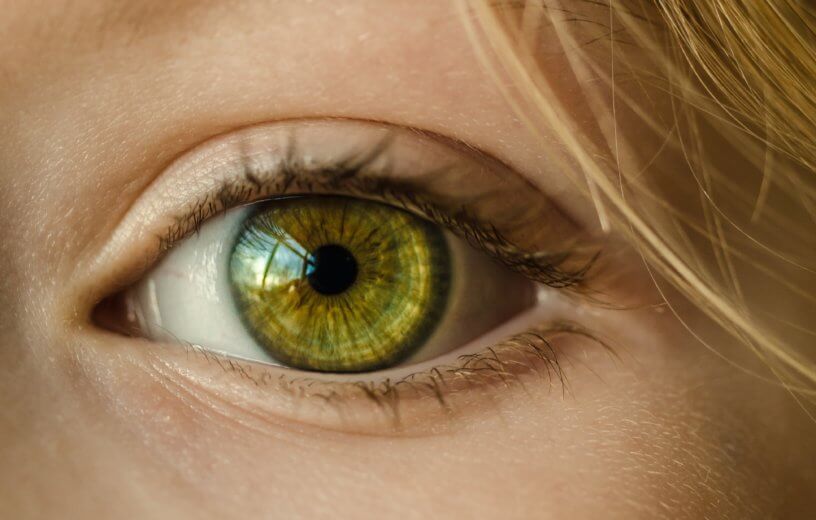COLUMBUS, Ohio — The things in our gaze, the things that grab our attention, and the things we like matter when it comes to reaching a fork in the road. A study by psychologists at the Ohio State University used eye-tracking technology to find out how what we look at and see affects our decision-making.
More specifically, the authors wanted to find out what guides our decisions when faced with two visible options.
“We don’t necessarily choose something just because we look at it more, as some researchers have suggested. If we look at something we feel neutral about, our attention will have little effect,” explains study co-author Ian Krajbich, a psychology and economics assistant professor at the school, in a release. “But if we look at something we already like, our attention makes us like it even more in that moment.”
The researchers used food choices as the center of the decisions their 228 participants had to make across six different studies. In one experiment, scientists turned to the unique eye-tracking technology to predict when people were going to make a decision against their normal preferences, such as a peanut butter junkie instead picking a chocolate and caramel bar. “When someone spends more time looking at their less-valued but still liked item, it amplifies how appealing it is,” says Krajbich.
The study results also showed that people usually make a decision between two “good” options fairly quickly, but deliberate for longer when deciding between two neutral or less-than-ideal options.
“That is surprising to some scientists. The thought is that the quick decision should come when you’re choosing between two items you feel neutral about, because why would you care?” he adds. “When both items are good, your attention plays a larger role in your decision and you choose more quickly.”
Krajbich and his team also gave study participants a survey in which they rated how likely they were to eat over a 100 food items. The researchers gave participants pictures of pairs of food on a computer and asked them to choose one or the other. Eye-trackers measured which food item the participant looked at before they made their choice.
The data showed that how long one looks at a food item was not related to how they rated it, but the eye-tracking technology could predict fairly accurately which of the two food items displayed would be chosen.
“But we found that the amount of attention participants give does predict which food they are going to choose, above and beyond their ratings,” says Krajbich.
Ultimately, the authors believe their results could make a different in how marketing experts use product placement to influence decisions. A popular item up against a similarly-appealing product may fare greater if it’s presented in a more eye-catching fashion.
The study was published in the journal Psychological Science.
